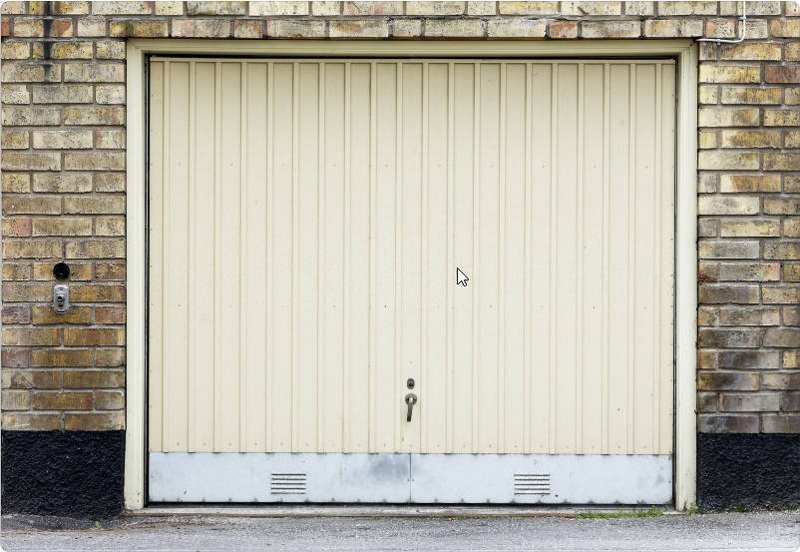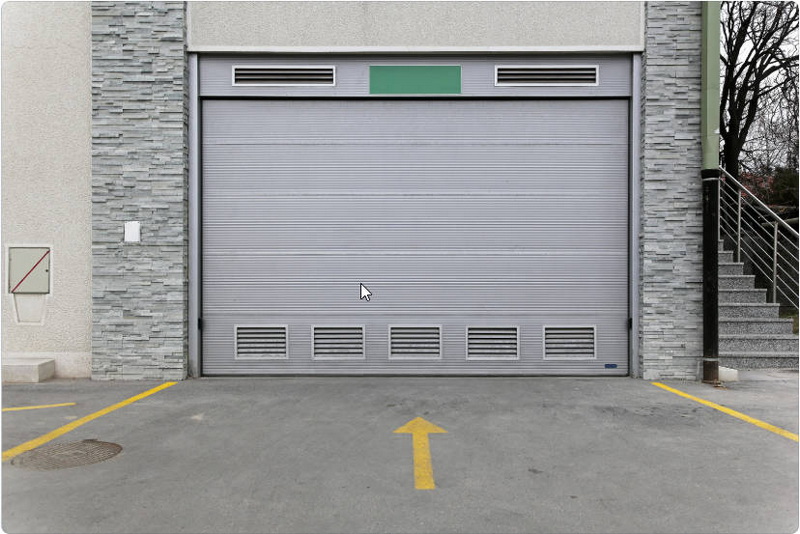English 




Views: 222 Author: Astin Publish Time: 2024-12-27 Origin: Site



Content Menu
● Understanding the Causes of Sagging
● Step-by-Step Guide to Fixing a Sagging Aluminum Screen Door
>> Step 2: Tighten Loose Hinges
>> Step 3: Adjust Hinge Position
>> Step 4: Use Shims for Further Adjustment
>> Step 5: Check Frame Alignment
>> Step 6: Install a Turnbuckle (Optional)
● FAQs
>> 1. What causes my aluminum screen door to sag?
>> 2. How do I know if my hinges are loose?
>> 3. Can I fix a sagging screen door myself?
>> 4. What should I do if my frame is misaligned?
>> 5. Is using a turnbuckle necessary for fixing a sagging screen door?
Aluminum screen doors are popular for their durability and ability to let fresh air into your home while keeping insects out. However, over time, these doors can sag, making them difficult to open and close properly. A sagging door can be an annoyance and may compromise the security and efficiency of your home. Fortunately, fixing a sagging aluminum screen door is often a straightforward process that can be accomplished with a few tools and some basic DIY skills. In this article, we will explore the causes of sagging aluminum screen doors, methods to fix them, and preventative measures to keep your door functioning optimally.

Before diving into the solutions, it's essential to understand why aluminum screen doors sag in the first place. Common causes include:
- Loose or Worn Hinges: Over time, the screws in the hinges can become loose due to regular use, causing the door to sag.
- Frame Misalignment: If the door frame has shifted or settled due to changes in temperature or humidity, it can lead to misalignment.
- Weight Distribution: Heavy glass panels or additional features like decorative elements can cause uneven weight distribution, leading to sagging.
- Weather Conditions: Extreme weather conditions can affect the integrity of the door and its components, leading to warping or bending.
Before starting your repair, gather the following tools and materials:
- Screwdriver (flathead and Phillips)
- Level
- Carpenter's square
- Wood shims or cardboard
- Longer screws (if needed)
- Turnbuckle (optional)
- Drill (if installing new hardware)
Begin by examining your aluminum screen door for signs of sagging. Check both hinges for looseness and ensure that the door is square within its frame. Use a level to determine if the door is plumb (vertically straight) and square (evenly aligned).
If you notice that the hinges are loose:
1. Tighten Screws: Use a screwdriver to tighten all screws on both hinges. If they are stripped or damaged, consider replacing them with longer screws for better grip.
2. Check Hinge Alignment: Ensure that both hinges are aligned correctly. If one hinge is higher than the other, it can cause uneven weight distribution.
If tightening the screws does not resolve the issue:
1. Remove the Door: Unscrew the hinges from the frame and carefully remove the door.
2. Reposition Hinges: If necessary, reposition the hinges slightly higher on the door frame. This adjustment can help lift the sagging side of the door.
3. Reattach Door: Reattach the door to the frame and check if it opens and closes smoothly.
If your door still sags after adjusting hinges:
1. Locate Hinge Side: Focus on the hinge side of the door where it connects to the frame.
2. Insert Shims: Place wood shims or cardboard behind the bottom hinge to raise that side of the door slightly. This will help realign it within the frame.
3. Tighten Screws Again: After inserting shims, re-tighten all screws on that hinge.
If your door continues to sag:
1. Inspect Frame: Check if your door frame is square using a carpenter's square. If it is out of alignment, you may need to adjust it.
2. Loosen Frame Screws: If necessary, loosen screws holding the frame in place and gently shift it until it aligns properly with your door.
3. Retighten Screws: Once aligned, retighten all screws securely.
For added support against sagging:
1. Select Turnbuckle Location: Choose a location near the bottom corner of your screen door where sagging is most pronounced.
2. Mark Screw Holes: Hold the turnbuckle diagonally from one corner of the door towards an opposite corner and mark where you will drill holes for screws.
3. Drill Holes: Drill pilot holes for each screw location marked.
4. Attach Turnbuckle: Securely attach both ends of the turnbuckle with screws; this will provide additional support against future sagging.
After making all adjustments:
1. Open and close your screen door several times to ensure it operates smoothly without scraping against any surfaces.
2. Check for any gaps between the door and frame that may have appeared during adjustments; ensure there are no drafts or leaks.

To keep your aluminum screen door from sagging in the future:
- Regularly inspect and maintain hinges by tightening screws as needed.
- Avoid placing excessive weight on one side of the door.
- Ensure proper weather stripping is installed to prevent moisture damage.
- Maintain consistent humidity levels in your home to avoid warping due to environmental changes.
Fixing a sagging aluminum screen door is a manageable task that can significantly improve its functionality and appearance. By understanding common causes of sagging and following these step-by-step instructions, you can restore your screen door's alignment without needing professional assistance in most cases. Regular maintenance will also help prevent future issues, ensuring that your aluminum screen door remains a reliable feature of your home for years to come.

Sagging can be caused by loose hinges, misaligned frames, weight distribution issues, or environmental factors such as humidity and temperature changes.
Inspect your hinges for visible gaps between them and their mounting points on both the door and frame; if you can wiggle them easily or see stripped screw holes, they are likely loose.
Yes! Most homeowners can fix a sagging screen door with basic tools and DIY skills by following step-by-step instructions as outlined above.
If your frame is misaligned, loosen its mounting screws, adjust its position until it aligns properly with your door, then retighten all screws securely.
While not always necessary, installing a turnbuckle can provide additional support against future sagging if you notice persistent issues after initial adjustments.
[1] https://doorguysnyc.com/blog/fix-sagging-aluminum-door/
[2] https://diy.stackexchange.com/questions/296690/how-do-i-fix-a-metal-storm-door-that-is-too-low-on-its-hinges
[3] https://www.youtube.com/watch?v=RzriqysPzeE
[4] https://www.chicagotribune.com/1987/04/24/fix-it-tips-for-a-sagging-aluminum-door/
[5] https://www.reddit.com/r/diynz/comments/rop2va/metal_aluminium_door_is_sagging_and_grinding_on/
[6] https://www.doityourself.com/forum/doors-skylights-windows/342537-sagging-storm-door.html
[7] https://www.4feldco.com/articles/repairing-sagging-storm-door
[8] http://mattnotgloss.com/2017/04/20/tips-for-fixing-a-sagging-aluminum-door/
[9] https://www.thompsoncreek.com/blog/how-to-fix-sagging-storm-door/
Top Aluminum Furnitures Manufacturers and Suppliers in Czech Republic
Top Aluminum Furnitures Manufacturers and Suppliers in Poland
Top Aluminum Furnitures Manufacturers and Suppliers in Belgium
Top Aluminum Furnitures Manufacturers and Suppliers in Finland
Top Aluminum Furnitures Manufacturers and Suppliers in Denmark
Top Aluminum Furnitures Manufacturers and Suppliers in Greece
Top Aluminum Furnitures Manufacturers and Suppliers in Portugal
Top Aluminum Furnitures Manufacturers and Suppliers in Austria
Top Aluminum Furnitures Manufacturers and Suppliers in Norway
Top Aluminum Furnitures Manufacturers and Suppliers in Sweden
